Market Share
Thiochemical Market Share Analysis
In the Thiochemical market, companies employ various strategies to position themselves effectively and gain a competitive edge.
Product Portfolio Diversification: Companies aim to differentiate themselves by offering a diverse range of thiochemical products tailored to various industries and applications. By expanding their product portfolio to include sulfur derivatives such as thioacids, thiols, and thioesters, companies can cater to the specific needs of different sectors such as agrochemicals, oil & gas, pharmaceuticals, and personal care. This diversification strategy enables companies to capture a larger market share by addressing a broader range of customer requirements.
Vertical Integration: Vertical integration allows companies to control the entire supply chain, from raw material sourcing to product manufacturing and distribution. By vertically integrating backward into sulfur production and forward into downstream value-added products, companies can optimize efficiency, reduce costs, and ensure a consistent supply of high-quality thiochemicals. This strategic approach enhances market share positioning by providing greater control over product quality, pricing, and supply chain management.
Geographic Expansion: Companies seek to expand their market share by entering new geographic markets or strengthening their presence in existing regions. This may involve establishing new production facilities, distribution networks, or strategic partnerships with local players. By tapping into new markets with high growth potential, companies can increase their customer base and market reach, thereby enhancing their overall market share.
Focus on High-Growth Industries: Companies focus their efforts on industries experiencing rapid growth and demand for thiochemical products. For instance, the agrochemical industry requires sulfur-based compounds for pesticide formulations, while the oil & gas sector relies on thiochemicals for sour gas treatment and drilling fluid additives. By targeting high-growth industries such as these, companies can capitalize on emerging opportunities and gain market share in lucrative segments.
Innovation and Research Development: Investment in research and development (R&D) is essential for maintaining a competitive edge in the thiochemical market. Companies that innovate and develop new thiochemical formulations, processes, and applications can differentiate themselves from competitors and gain market share. R&D efforts focus on improving product performance, enhancing environmental sustainability, and exploring novel uses for thiochemicals in various industries.
Strategic Partnerships and Collaborations: Forming strategic partnerships or collaborations with other companies in the value chain can help companies expand their market share and capabilities. This may involve collaborating with sulfur suppliers, chemical manufacturers, or end-users to develop new products, enter new markets, or access complementary technologies. Strategic alliances enable companies to leverage shared resources, expertise, and market access, ultimately increasing market share.
Customer Relationship Management: Building strong relationships with customers is crucial for gaining market share in the thiochemical industry. Companies that provide excellent customer service, technical support, and customized solutions can enhance customer satisfaction and loyalty. By understanding customer needs and preferences, companies can tailor their products and services to meet specific requirements, thereby increasing customer retention and market share.
Brand Building and Reputation Management: Establishing a strong brand reputation and positive industry reputation is essential for gaining market share in the thiochemical market. Companies that are recognized for quality, reliability, and innovation are more likely to attract customers and command higher market share. Investing in brand building activities, such as advertising, trade shows, and public relations, can help companies strengthen their market position and differentiate themselves from competitors.
Price Competitiveness and Value Proposition: Competing on price while maintaining product quality and value is another strategy used by companies to gain market share in the thiochemical market. By offering competitive pricing relative to competitors and highlighting the value proposition of their products, companies can attract price-sensitive customers and win business. However, companies must balance price competitiveness with profitability to ensure long-term sustainability in the market.
Continuous Monitoring and Adaptation: Companies must continuously monitor market trends, competitive activities, and customer feedback to adapt their market share positioning strategies accordingly. By staying agile and responsive to changes in the market environment, companies can seize new opportunities, address emerging challenges, and maintain a competitive advantage in the dynamic thiochemical market. Regular assessment and adjustment of market share positioning strategies are essential for long-term success and growth in the industry.

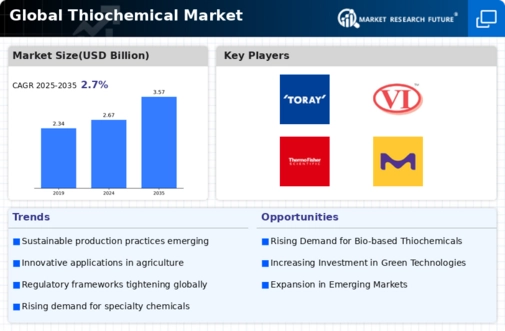
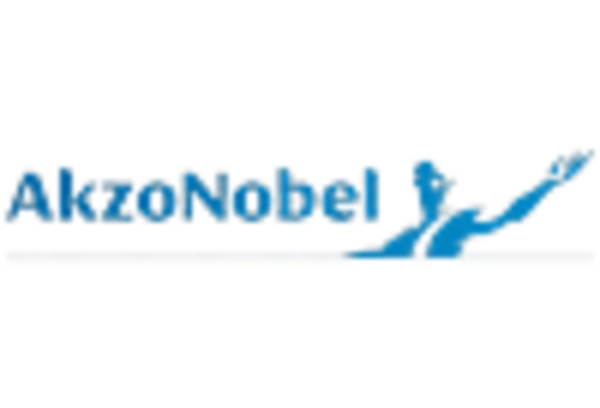

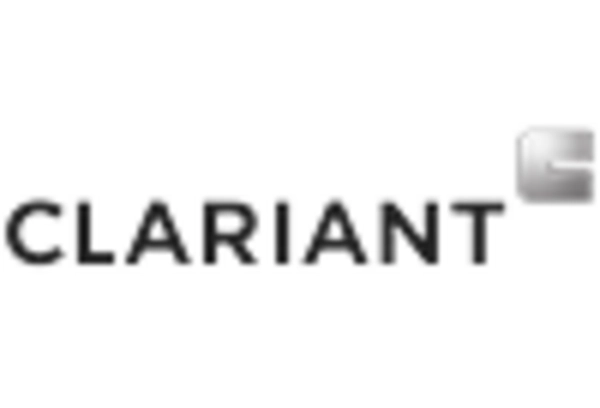
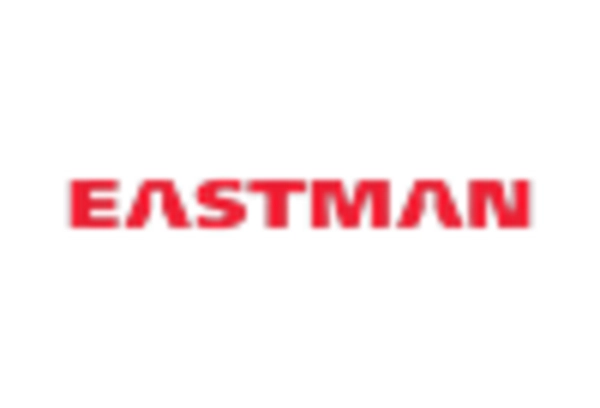
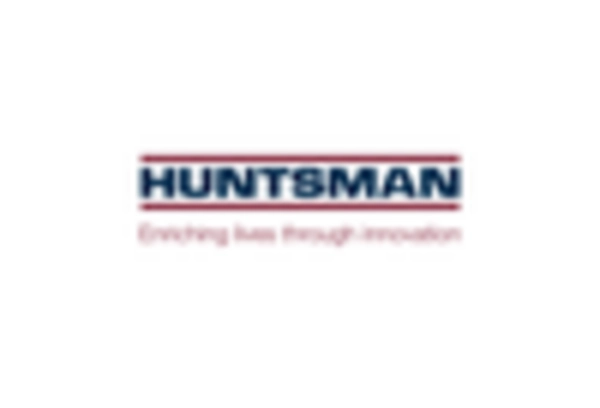
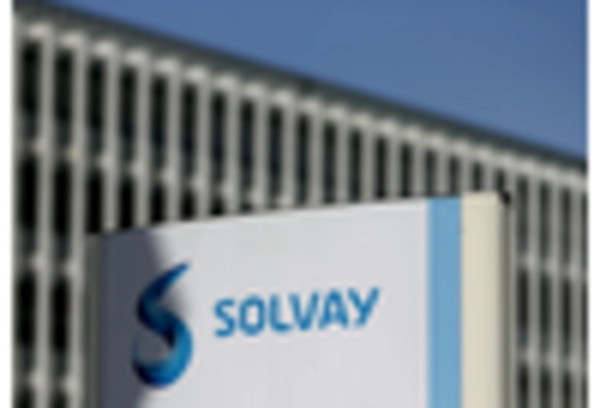









Leave a Comment